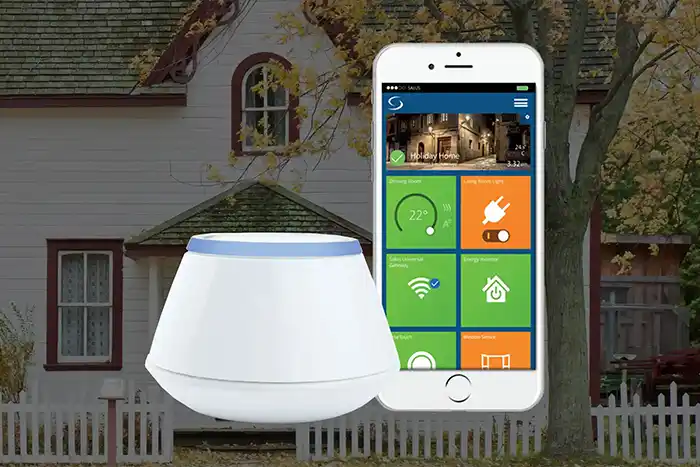Introduction: No White Lab Coats Needed
Infrared heating sounds fancy, but at its core, it’s one of the most natural and efficient ways to keep warm. You’ve already experienced it — every time you feel the sun’s warmth on your skin, you’re soaking up infrared heat. The best part? No complicated moving parts, no noisy fans, and no “waiting ages for the room to heat up.”
Let’s break down how infrared heaters work — in plain English — so you can decide if they’re the right fit for your home, office, or studio.
1. What Is Infrared Heat, Really?
Think of infrared heat as invisible sunshine. It’s not about heating the air — it’s about warming you, the furniture, the walls, and the floor around you directly.
Where traditional heaters warm the air (which then escapes the second you open a door), infrared heating targets surfaces. That means your warmth sticks around longer and doesn’t vanish into thin air.
2. The “Invisible Sun” Effect
Here’s the magic: infrared heaters emit safe, invisible light waves that travel until they hit an object (you, your sofa, your yoga mat). That object absorbs the energy and warms up — just like standing in the sun on a crisp winter day.
Because it’s direct heat, you don’t have to crank up the temperature just to feel comfortable. The warmth is instant, even if the room air is still cool.
3. No Whirring, No Whooshing, No Drama
Infrared panels have no fans, no vents, and no blowing air. That means:
-
No dust circulation — great for allergy sufferers.
-
No noise — ideal for bedrooms, offices, and yoga studios.
-
Low maintenance — no filters to clean or moving parts to replace.

4. Why It Feels So Different
With conventional heating, you often get that “stuffy” air feeling — and as soon as you open a door, the warmth is gone. Infrared is different because it warms you and the surfaces, which then gently release heat back into the room.
That’s why even after turning the heater off, you can still feel the lingering warmth.
5. The Energy Efficiency Factor (a.k.a. Lower Bills)
Because infrared heat doesn’t waste energy warming air that escapes, you can often run the heater at a lower thermostat setting and still feel perfectly comfortable.
You’re paying for heat you feel — not for hot air floating near the ceiling.
6. Where Infrared Heating Works Best
Infrared heaters are versatile, but they shine in:
-
Open-plan living rooms — quick warmth without waiting for the whole room air to heat.
-
Home offices — instant comfort during work hours without heating the whole house.
-
Yoga and fitness studios — direct warmth for people, not empty air.
-
Bathrooms — moisture-resistant designs help reduce condensation.
Image Suggestion:
-
A collage showing heaters in a living room, yoga studio, and bathroom.
7. The TL;DR Version
Infrared heating works by sending out invisible waves that directly warm people and objects, just like the sun does. It’s fast, efficient, silent, and great for people with allergies or draughty spaces.
So, no — you don’t need to understand electromagnetic wavelengths or Stefan–Boltzmann constants. You just need to know this: it works, it feels amazing, and it can save you money.
Your Comfort, Simplified
If you’re tired of cold corners, high energy bills, or noisy heaters, infrared might just be your “why didn’t I switch sooner?” moment. Once you feel that direct, sunshine-like warmth, there’s no going back.



